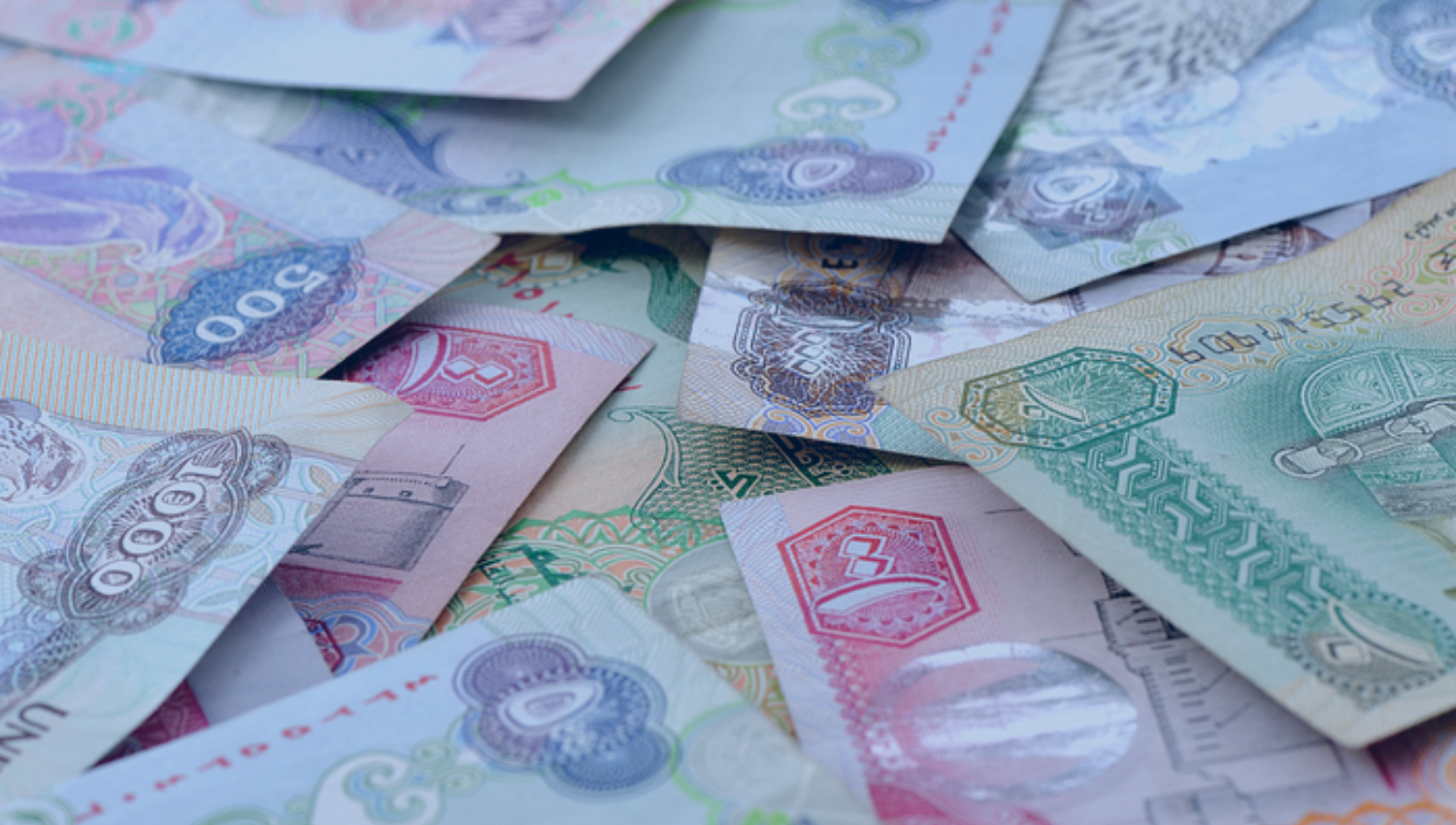UAE Banking Sector Growth

The banking sector in the UAE has shown strong growth and resilience, with various important trends and financial measures pointing towards a positive outlook for 2024.
Growth Path: The UAE banking industry is maintaining its upward trajectory, thanks to effective strategies and policies put in place by the Central Bank of the UAE (CBUAE). These actions have played a crucial role in fostering sustainable growth, financial stability and an adaptable response to global economic challenges.
Financial Results: A significant development in the sector is the reported 31% rise in net profits, indicating a high demand for digital banking services. Key factors contributing to customer satisfaction include the shift towards digital banking, with UAE banks increasingly focusing on digital expansion strategies like cloud integration and exploring new ways to provide financial services through virtual platforms.
Key Metrics: In 2023, total assets in the sector increased by 11.1%, reaching a total of $686 billion by December 2023 from deposits made by both resident and non resident clients.The increase in gross credit also reflects positively on the sector’s ability to adapt, bounce back and maintain strong capital adequacy levels according to TRENDS Mena.
Among the top performing banks identified by Alvarez & Marsal are the largest listed banks in the UAE like First Abu Dhabi Bank, Emirates NBD and Dubai Islamic Bank. These banks have shown positive trends such as growth in loans and assets, as well as improved cost to income ratios, which contribute significantly to the overall health of the sector.
With robust credit demand from non oil sectors and extensive economic diversification programs driving growth, the UAE banking sector is positioned to lead regional development. Fitch Ratings and S&P Global note that compared to regional and global peers, the sector is in a favorable position with stable credit growth and healthy lending activities expected through 2024 according to Zawya.
The data collectively presents an optimistic outlook for the future of the UAE banking industry. This positive trajectory is supported by strategic regulatory frameworks, digital advancements and a commitment to improving customer satisfaction and financial stability. As the sector continues to navigate challenges in the global economy, its flexibility and proactive strategies will be crucial for maintaining growth and competitiveness both regionally and globally.
Trends of Growth in UAE Banking Sector:
Analyzing the current trends in the banking sector of the UAE and their impact on the MENA region from economic viewpoints involves examining the data by focusing on growth rates, proportional changes and identifying any unusual deviations from expected patterns or historical norms.
Rapid Increase in Liquid Assets: The substantial 29% year on year rise in liquid assets indicates a strong accumulation rate, suggesting a highly liquid financial environment that is favorable for investment opportunities and lending activities. This growth rate, when compared to global or regional averages, may suggest a notably optimistic trend for the banking sector of the UAE.
Surge in Net Profits: The significant reported 31% uptick in net profits (sourced from KPMG) stands out as an anomaly when contrasted with global banking trends experiencing more conservative growth rates due to economic uncertainties. This deviation could indicate a highly profitable banking landscape in the UAE, potentially attracting increased foreign investments into the region.
Expansion of Assets and Credit: The 11.1% increase in total assets and a 6.0% rise in gross credit over one year (as per TRENDS Mena) signify an expanding banking sector. These rates, especially when they grow faster than the GDP, indicate a strong push for expanding banking activities and could signal a rise in market confidence or an increase in economic endeavors.
Regional Leadership: The anticipation for UAE banks to drive regional growth (Zawya) through active non oil sectors signifies a shift away from traditional oil dependent economies towards diversified, service focused economies. This transformation, highlighted by substantial growth in the banking sector, showcases a strategic economic reorganization within the MENA region.
Digital Transformation and Customer Satisfaction: The move of the banking industry towards digitalization and the resulting positive feedback from consumers (KPMG) present an interesting deviation from conventional banking practices. This shift indicates a changing consumer base that values tech driven services, potentially reshaping market dynamics and banking strategies.
Strong Capital Adequacy Ratios: The disclosed capital adequacy ratios, surpassing regulatory standards, reveal an unusual approach to risk management and capital distribution strategies. These ratios portray a well capitalized banking sector that might be more resilient to economic uncertainties compared to its counterparts.

